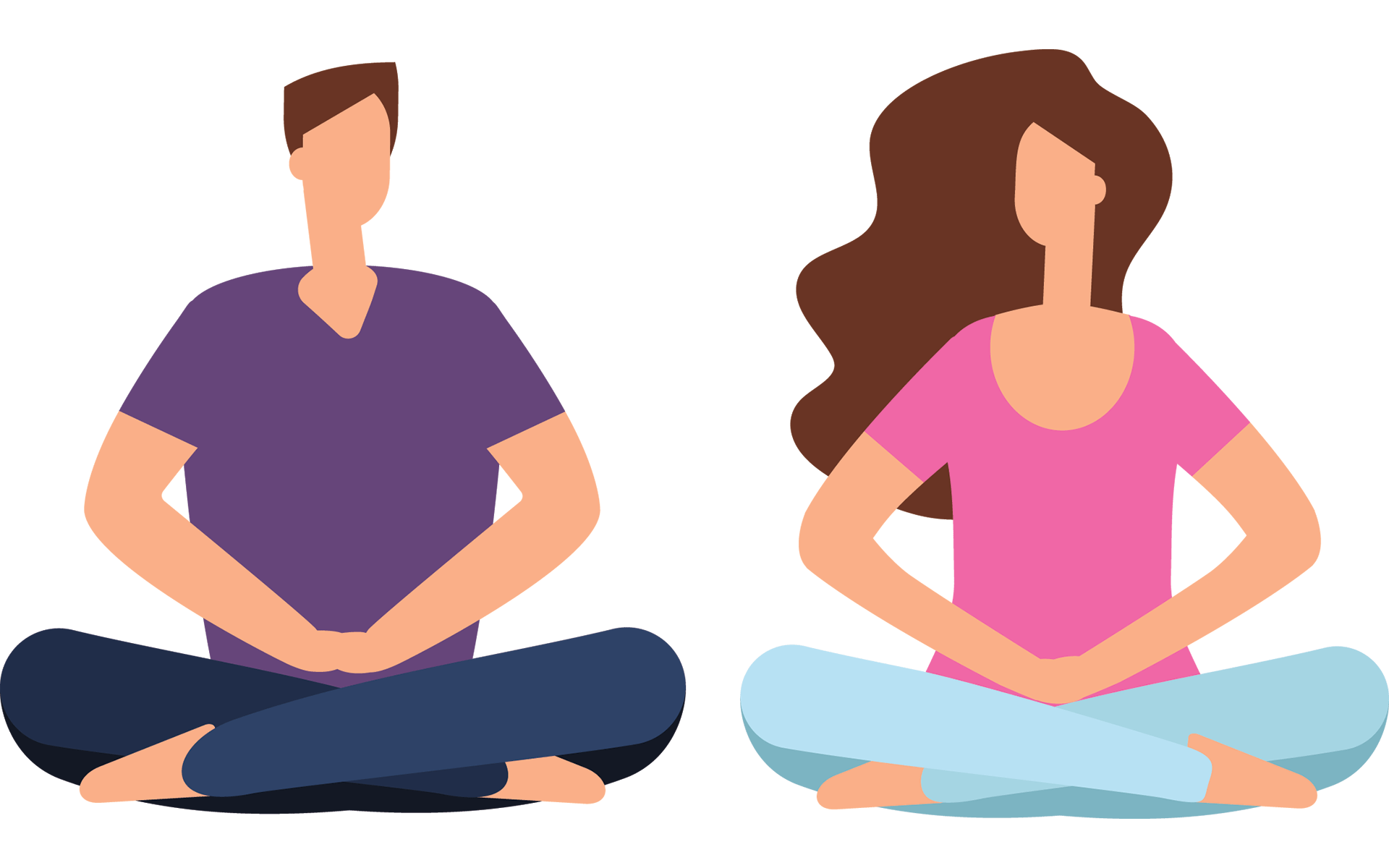I used to think meditation was just sitting in silence and trying to “empty your mind.” Honestly? That sounded impossible—and kind of boring. But during one particularly rough season of stress and overwhelm, I gave it a shot.
It didn’t fix everything overnight. But slowly, mindfulness meditation helped me stop reacting to every little thing and start responding with a little more calm, clarity, and compassion.
That’s what emotional balance is all about—not controlling life, but changing how you relate to it.
What Is Mindfulness Meditation?

Let’s keep it simple.
Mindfulness meditation is the practice of sitting quietly and paying attention—usually to your breath, your body, or your thoughts—without judgment.
It’s not about stopping thoughts. It’s about not chasing them. And over time, this practice helps you:
-
Become more aware of your emotional patterns
-
Stay grounded in the present moment
-
Respond to stress with calm instead of chaos
One teacher explained it like this: “You’re training your brain to sit with discomfort rather than run from it.” That line stuck with me.
Why Mindfulness Helps Emotional Balance
Our emotions aren’t the problem—it’s how we get carried away by them that throws us off balance. Mindfulness helps us notice our emotional reactions as they’re happening, so we can pause and choose how to respond.
Here’s what changed for me once I started meditating regularly (just 10–15 minutes a day):
✅ I stopped snapping at people over small things
Not instantly, but I caught myself mid-spiral more often.
✅ I became more aware of stress before it boiled over
Instead of waiting until I was burnt out, I started noticing early signs of tension—tight jaw, shallow breath—and could do something about it.
✅ I gave myself more grace
I learned to sit with tough emotions—anxiety, sadness, frustration—without immediately trying to fix or avoid them.
Simple Ways to Start Mindfulness Meditation
No incense, crystals, or special cushions required. Here’s how I started:
🧘♀️ 1. Find a Quiet-ish Spot
You don’t need a Zen garden. Just somewhere you can sit comfortably for a few minutes without major distractions. I started by sitting on the couch before work—no fancy setup.
⏱ 2. Set a Timer (Start Small)
Try 5–10 minutes at first. Use an app like Insight Timer, Headspace, or even your phone’s stopwatch. I used to think longer was better—but consistency matters more than duration.
🌬 3. Focus on the Breath
Inhale… Exhale… Repeat. When your mind wanders (and it will!), gently bring it back. That’s the practice.
👀 4. Notice What Comes Up
Feelings, thoughts, distractions—they’re all part of it. Observe them like clouds passing by. Don’t get stuck on any one thing.
🔁 5. Keep Showing Up
Some days it’ll feel peaceful. Other days it’ll feel like chaos. The point isn’t perfection—it’s showing up.
How Mindfulness Meditation Changed My Emotional Landscape
Before I made mindfulness part of my routine, I was on edge all the time. Every unexpected email, disagreement, or change of plans hit me like a tidal wave. Now? I still get emotional—but I’m not as easily thrown.
It’s like I’ve built a little extra space between what happens and how I respond.
And in that space? I’ve found more kindness, patience, and clarity than I ever expected.
Science Backs It Up, Too
If you’re someone who needs the facts (same), here’s what research shows:
-
Mindfulness meditation health reduces cortisol (the stress hormone)
-
It increases gray matter in areas of the brain tied to emotion regulation
-
It improves focus, empathy, and resilience
-
It can even help with anxiety, depression, and sleep
And the best part? You don’t have to be a monk to get the benefits. Just a few minutes a day can start making a difference.
Tips for Making Mindfulness a Habit
💡 Pair it with something you already do
Morning coffee? Wind-down routine? Stack it onto an existing habit.
🧾 Keep a journal
After your session, jot down how you feel. This helped me track patterns and stay motivated.
🙋 Tell someone
Having an accountability buddy or just talking about your practice makes it stick.
Final Thoughts: A Calmer Mind Is Just a Breath Away
Mindfulness meditation isn’t about being perfectly peaceful or spiritually enlightened. It’s about learning to be okay with where you are, even when things feel messy.
If you’ve been feeling emotionally reactive, overwhelmed, or just off lately—mindfulness might be the tool you didn’t know you needed.
Start small. Be kind to yourself. And remember: every breath is a chance to begin again.



